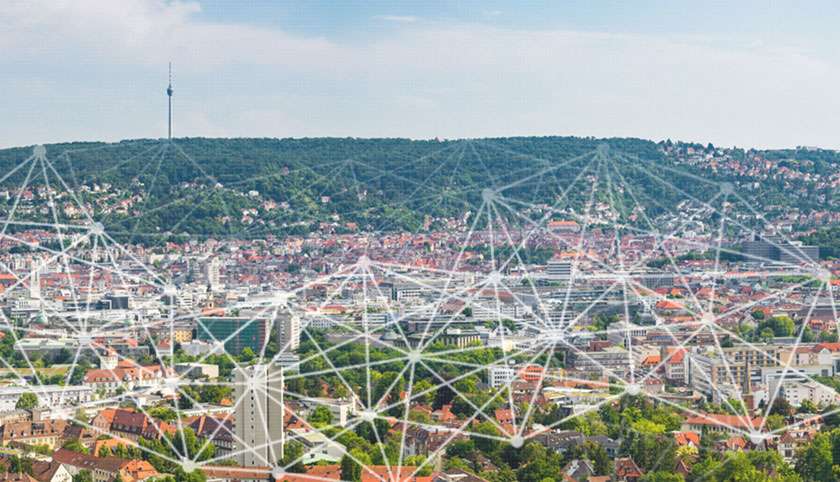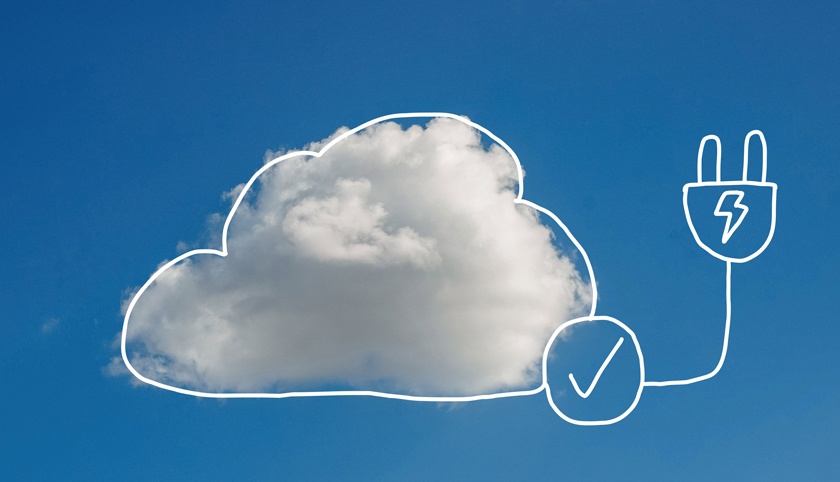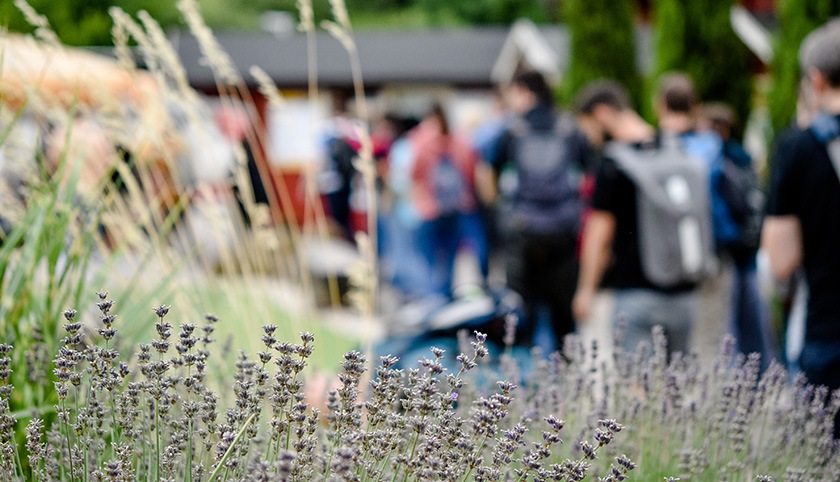How can the energy supply system of the future be designed in an intelligent manner? Instead of just a few centralised suppliers, might there soon be a smart network of autonomous, distributed cells in which supply and demand directly dictate where electricity flows? And what would a regenerative and participatory system like this look like in the energy universe of tomorrow? These are precisely the questions addressed by the “C/sells” showcase project, which is currently unique in Europe. And Seven2one has been at C/sells’ side from the very beginning.
C/sells – the name says it all
The project, which seeks to set the course for a decentralised energy turnaround, has three characteristics that define the basic idea behind it: cellularity, participation and diversity. The cell is the fundamental unit, whether geographically as a city, district or individual instance of real estate, such as an airport or other property. The principle of subsidiarity would apply, with each cell supplying itself optimally within the realm of its possibilities while also cooperating with neighbouring cells and higher-level supply grids.
The initiative also relies on a broad movement among the public, with many citizens taking action by transforming themselves from passive consumers into active energy producers (prosumers). The aim is to create ideas and marketable solutions that will shape new business models and that can be sold (the origin of the “sell” portion of the name). In the near future, a diverse spectrum of tailored and unique solutions for cells will merge to form a large new whole – the energy market of the future.
Starting signal for five model regions
C/sells is one of five regional projects supported by the German Federal Ministry for Economic Affairs and Energy (BMWi). It provides 200 million euros as part of the SINTEG grant program “Showcase Intelligent Energy – Digital Agenda for the Energy Transition”. Together with private investments provided by the participating partners, 500 million euros will be available nationwide in the next four years.
The partners of C/sells also received their funding notification on 6 December 2016. The project is being launched for southern Germany, working together in the network with the states of the “Solar Arch of Southern Germany” model region, which includes Baden-Württemberg, Bavaria and Hesse. The initiative is being undertaken by the Smart Grid Platform of Baden-Württemberg (SmartGridsBW), the Research Centre for Energy Economics Munich (FfE) and energy supplier EAM of Hesse. Over the next few years, they will be working together to implement a cellular energy system that is participatory, safe, environmentally sustainable and cost-effective. Solar power is a priority, of course, with half of this energy source coming from the sunny south in Germany.
Pioneering work for the energy transition: tackling challenges together
The C/sells project was officially launched on 1 January 2017. In the initial months, we worked with our project partners to create structures, define requirements and develop a common understanding: Who is involved in what, which market roles are needed, and what are the desires and concerns with regard to the future energy supply? At the latest during the first major work meetings, it became clear to all involved in the project what potential is associated with a research project of this type with such a diversity of keenly interested and innovative stakeholders. Despite all their differences, they are united by a common idea: They all want to help shape a sustainable, future-proof and affordable energy supply.
Putting the right framework into place
How do you manage such an enormous project with so many stakeholders at such a wide variety of different locations? With an effective structure, division of labour and communication on a regular basis. In the C/sells project, each individual partner dedicates themselves to their own thematic focus. This enables decentralised action, since each individual work package functions on its own. In order to bring the results together and synchronise all activities, the work package managers continuously coordinate with the managers of the subprojects and the overall project management. This is done in a variety of different channels, including partner meetings, web sessions and so on.
In the years to come, seven subprojects will define the framework for C/sells, determine the methodology of the technical work to be done and advance the implementation process.
The subprojects “Project Management” (T1) and “Environment Design” (T2) create the organisational framework, coordinate and govern the flow of information within the project and take care of public relations and the participation of those outside the project. This work also includes accompanying events such as trade fairs, forums and blogger tours of cutting-edge locations that are particularly exemplary. The actual technical and methodological work is carried out in the subprojects “Infrastructure Information System IIS” (T3), “Smart Energy Grids” (T4) and “Smart Energy Markets” (T5). The cellular approaches worked on in these technical groups are implemented as demonstration cells in the subprojects “Grid Cells” (T6) and “Neighbourhoods” (7). They are “real-world practice twins”, so to speak.
A compact overview of the subprojects is available on the C/sells website.
Seven2one as a project partner
As an associated partner, Seven2one is collaborating on the realisation of the energy supply of tomorrow in four different work packages. C/sells gives us the opportunity to contribute our energy transition expertise to specific projects, to be exposed to new ideas and to learn about technology trends at an early stage. On the technical side, Seven2one contributes key know-how from no less than two BMWi research projects: Together with other project partners, we developed an integrated real-time energy management system for Stuttgart Airport in the “SmartEnergyHub” project. The “grid-control” project concerns itself with the use of flexibility in a manner conducive to efficient grid operations in order to foster sustainable distribution grids.
Research contribution to smart grids and markets
In the sub-project “Infrastructure Information Systems IIS”, Seven2one contributes its platform experience in the architecture of the IIS, which is based on the Smart Grid Architecture Model (SGAM). In concrete terms, this means that we participate in defining the necessary requirements for the technical system, the use cases and the processes that are followed in situations such as supply bottlenecks.
We are incorporating our expertise from the grid-control research project in our work on the grids of the future. The issue here is how to prevent grid bottlenecks by managing volatile power generation and flexible power demand at times when the grid is not producing enough electricity. Options include storing electricity as well as making active use of load-shifting potential (flexibility) in the cells. Market-oriented design of roles and interfaces in the grid organisation is important here.
In the “Intelligent Energy Markets” subproject, flexibility is the crucial issue that spans all topic areas. In this case, we contribute our expertise from the SmartEnergyHub research project, in which we developed a solution for Stuttgart Airport. With our help, this operator of critical infrastructure gained the ability to optimise its energy management and capitalise on its flexibility. The basic idea is the fascinating question of how commercial plots of land can be integrated as local cells that become part of the cellular, higher-level and sustainable energy system of C/sells. It is also the case here that making use of individual flexibility potential is of critical importance. Last but not least, attention is also paid to data privacy as well as information security. In addition, we ensure that airport flexibility is provided as part of the C/sells network. Stuttgart Airport is itself a partner of C/sells as a model neighbourhood.
Avowed goal: successful implementation of the project
For all participants in Europe’s unique showcase project C/sells, over the next three years the project offers a one-of-a-kind opportunity to demonstrate the feasibility of the energy transition as a smart energy system. Some 800,000 active prosumers and up to 30 million inhabitants will soon be able to benefit from the results. We at Seven2one are proud to be contributing to this and to be providing active support to all the heroes of the energy transition.




0 Comments